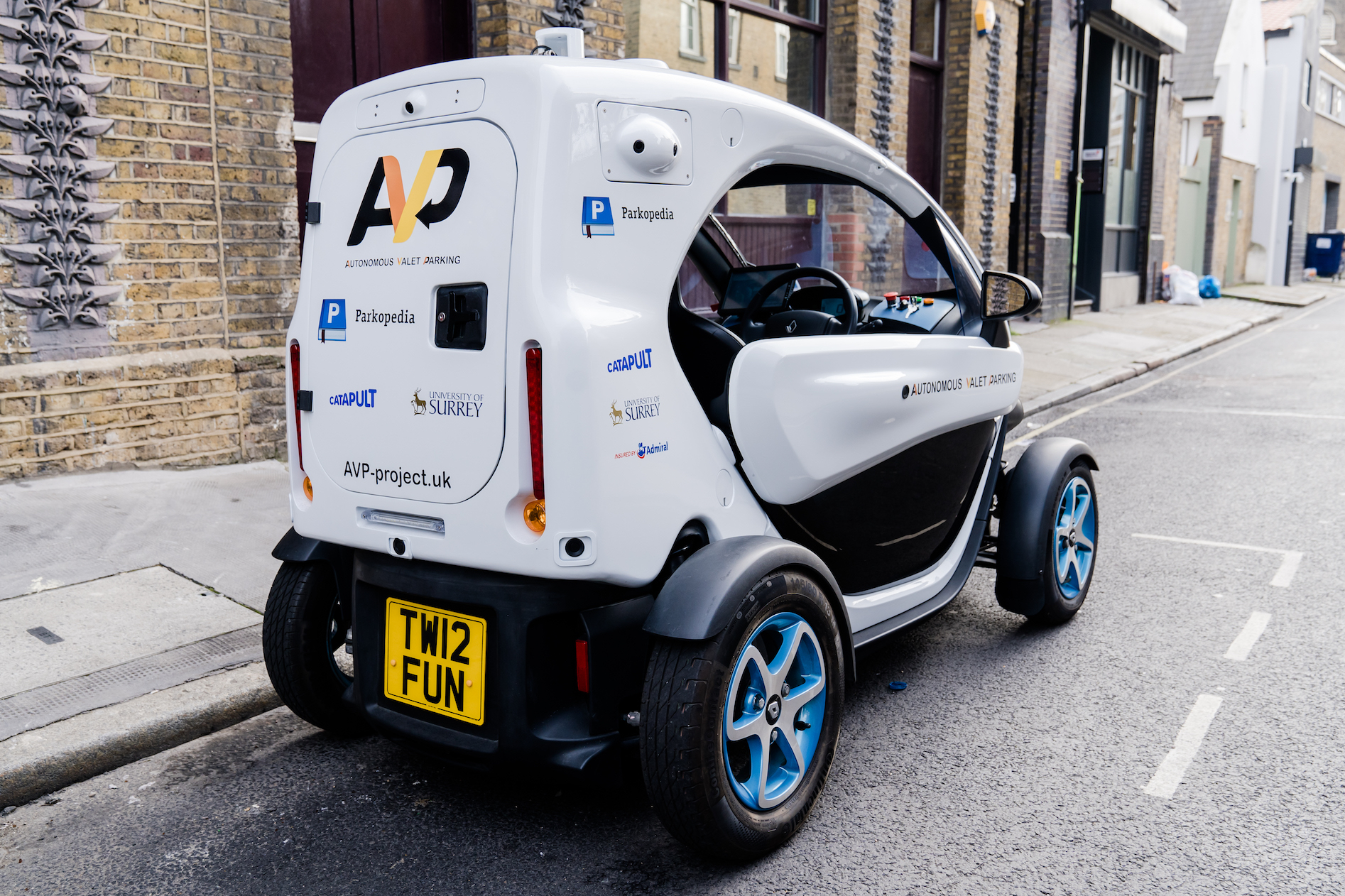Connected and driverless vehicles are here. It is already possible to pay for fuel, movie tickets and of course, parking, without leaving the vehicle. Fully automated valet parking (where the driver exits the vehicle at the entrance to a parking garage and the car parks itself) may have attracted less hype, but because of the lower cost, fewer safety concerns and high demand, is anticipated to be the first fully driverless feature available for mass deployment.
In September 2019, Tesla launched their “Smart Summon” feature, to an admittedly mixed reception. There are numerous examples on social media of Tesla’s that are using Smart Summon in some cautious interactions with both static and moving objects. Tesla have advised owners to maintain line of sight with their vehicle and have limited the app usability in terms of owner attention and distance from the vehicle. The car insurance industry is also looking closely at Smart Summon to understand where liability would sit in the event of an accident. But does being first to market releasing a feature with so many restrictions and areas that appear to still need further development help or harm the cause for mass deployment of automated parking?
Parking environments are complex and every facility is different. With so many variables in the parking environment, how can automated and connected vehicles make decisions and interact with other autonomous vehicles, human-driven vehicles, cyclists, pedestrians and parking infrastructure? How can we ensure that the systems are safe and how can we gain the public’s confidence in such systems?
The approach of using high definition indoor maps as the basis for parking navigation has been provisionally agreed by the ISO Technical Committee 204 Working Group 14, as a standard for Automated Valet Parking Systems. ISO committees create documents, specifications, guidelines or characteristics that can be used consistently to ensure that materials, products, processes and services are fit for their purpose.
There are many stakeholders involved in ensuring that an Automated Driving system is safe, including regulators, test engineers, automotive companies and tiered suppliers. In comparisonto the Tesla system, which puts all the technology in the car and relies on that to interpret and negotiate the surrounding environment, Parkopedia and the AVP consortium is developing a system that is able to scale globally across automotive brands and the diversity of parking garage floor plans and signage, using high definition indoor maps, and therefore negating the requirement for line of sight or a GPS signal.
Having successfully demonstrated an autonomous vehicle being controlled by software and reacting through its ultrasonic sensor to perform an emergency braking manoeuver, the AVP project is now focused on refining the mapping technology and are actively testing this in a number of car parks across Europe.
Once the ISO standards have been finally agreed, not only will the automotive manufacturers and tiered suppliers increase the rate of adoption, but the general public will also develop more confidence in how driverless cars will behave.


